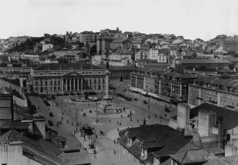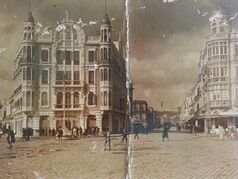Ganipara (city): Difference between revisions
Jump to navigation
Jump to search
Content added Content deleted
mNo edit summary |
mNo edit summary |
||
| Line 40: | Line 40: | ||
| subdivision_name2 = [[Ganipara (barony)|Ganipara]] |
| subdivision_name2 = [[Ganipara (barony)|Ganipara]] |
||
| subdivision_type3 = County |
| subdivision_type3 = County |
||
| − | | subdivision_name3 = |
+ | | subdivision_name3 = [[Ganipara Metropolis]] |
| subdivision_type4 = |
| subdivision_type4 = |
||
| subdivision_name4 = <!-- Politics -----------------> |
| subdivision_name4 = <!-- Politics -----------------> |
||
Revision as of 11:50, 5 November 2024
Ganipara
gánipár | |
|---|---|
| Country | Dhimrai |
| Barony | Ganipara |
| County | Ganipara Metropolis |
| Government | |
| Population (4627) | |
| • City | 1,569,280 |
| • Rank | 3rd |
| • Urban | 1,983,000 |
| • Metro | 2,197,000 |
| Demonym(s) | ganiparavit Ganiparan |
Ganipara (Dhimze: gánipár [ganipʰaˈra]) is the capital and most populous city of Ganipara, Dhimrai. With a population of 1,569,280 in 4627, it is the third-largest city by population in Dhimrai, after Jvuzrada and Mlasteti. The Ganipara Metropolitan Area - including suburbs and other municipalities - has over 2 million inhabitants.
Ganipara was the historical capital of the First Kingdom of Dhimrai and the Dhimze Empire, as it was originally the fief of Daghi III, Baron of Ganipara who united the baronies and formed Dhimrai.
Etymology
The name Ganipara comes from the Classical Dhimze Gāntiphārā, meaning "wood valley". The city was also known in Classical Doccábh as X.




